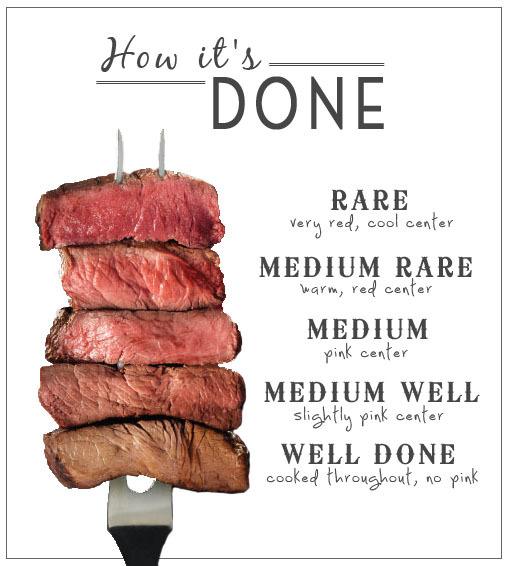Australia Day is just around the corner and we can already smell the steak and snags on the barbie.
We all know our go-to favourites for the national cook-up are delicious – think marinated kebabs, lamb sausages and rump steak – but did you know that unprocessed meat is also highly nutritious and beneficial for your health?
A 100 gram portion of raw ground beef contains large amounts of Vitamin B12, B3 (Niacin), B6, Iron, Zinc and Selenium, along with many other vitamins and minerals. As Vitamin B12 is an important nutrient and can’t be consumed through eating plants, it’s good to know your beef burger is delivering on vitamins!
Other nutrients found in meat that can’t be gotten from plants include Creatine, which forms an energy reserve in the muscles and brain; Carnosine, which functions as a powerful antioxidant; and DHA and EPA, which are the active forms of Omega-3 in the human body. These nutrients, although lesser known, are crucial for optimal function of the body.
There are certain amino acids that our body doesn’t produce itself and must get through diet. Animal proteins contain all essential amino acids that we need. Animal protein is associated with increased muscle mass and bone health, making meat an excellent addition to the diet for those wanting to maintain or gain muscle mass and prevent osteoporosis and fractures as they age.
It is important to remember, however, that not all meat is made equal. While unprocessed meat is loaded with healthy fats, meat from grass-fed animals contains up to 5 times as much Omega-3 as meat from grain-fed animals. Know where your meat comes from and how it was raised to ensure you’re getting the best nutritional bang for your buck.
It’s a great thing Aussies love their meat because it’s so good for us, so enjoy your Australia Day celebrations and know your body is thankful for the feast!
Rare, Medium or Well-done? How to Cook the Perfect Steak:
Heat a frying pan over medium-high heat before adding the steak (this seals the surface, trapping in juices).
- Rather than oiling the pan, brush the steak with oil to prevent it sticking.
- Cook a 2cm-thick piece of steak for 2-3 minutes each side for rare, 4 minutes each side for medium, and 5-6 minutes each side for well-done.
- Turn the steak only once, otherwise it will dry out. Always use tongs to handle steak as they won’t pierce the meat, allowing the juices to escape.
- To test if your steak is done, press the centre with the back of the tongs. The steak will feel soft if it’s rare, slightly firmer and springy when it’s medium and very firm when it’s well-done.
- Transfer steak to a plate, cover with foil and set aside for 3-5 minutes to rest. This allows the juices to settle and the muscle fibres to relax, which ensures the steak is tender.




 Heat a frying pan over medium-high heat before adding the steak (this seals the surface, trapping in juices).
Heat a frying pan over medium-high heat before adding the steak (this seals the surface, trapping in juices).